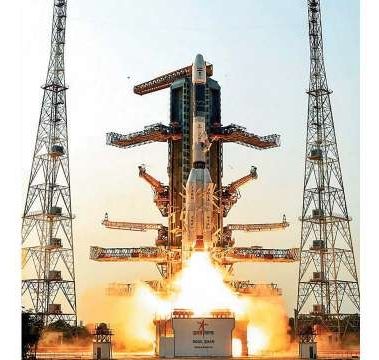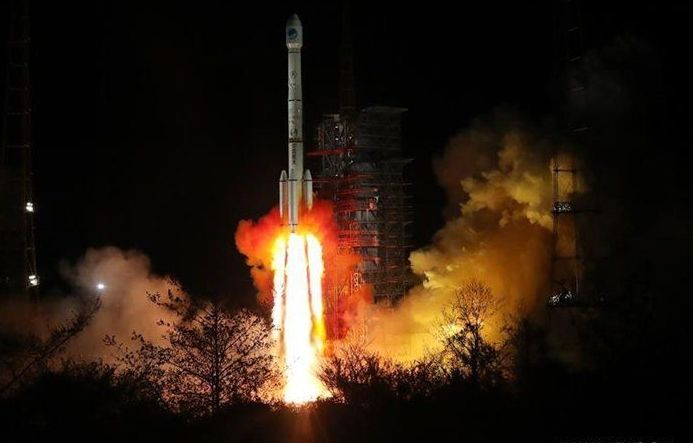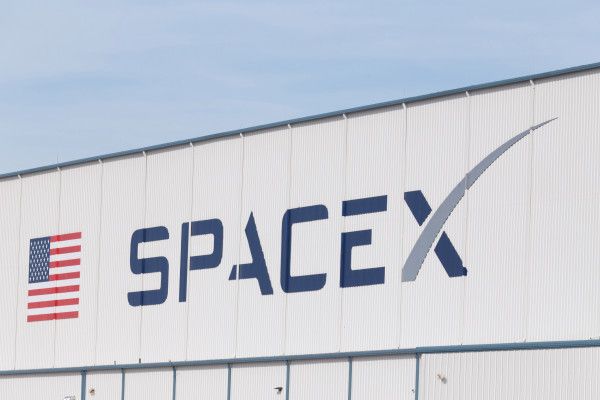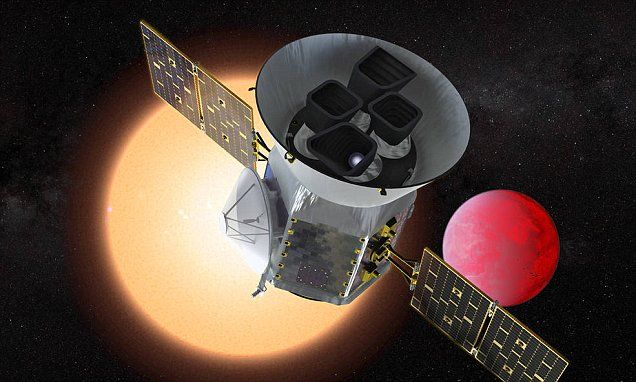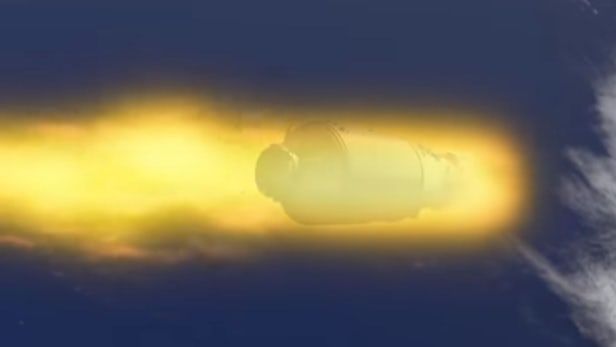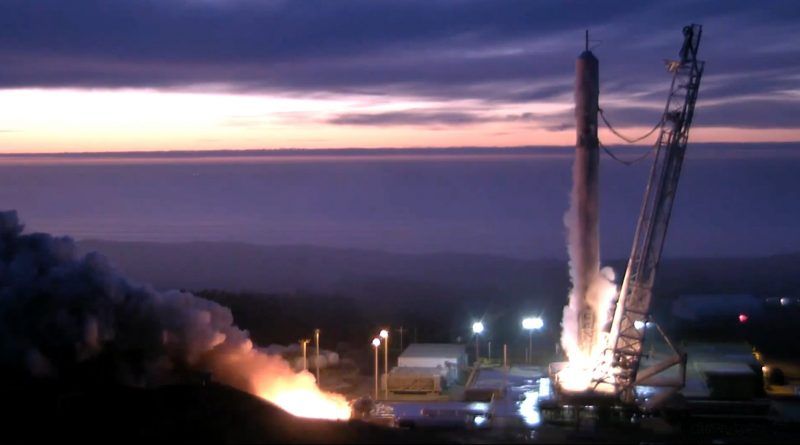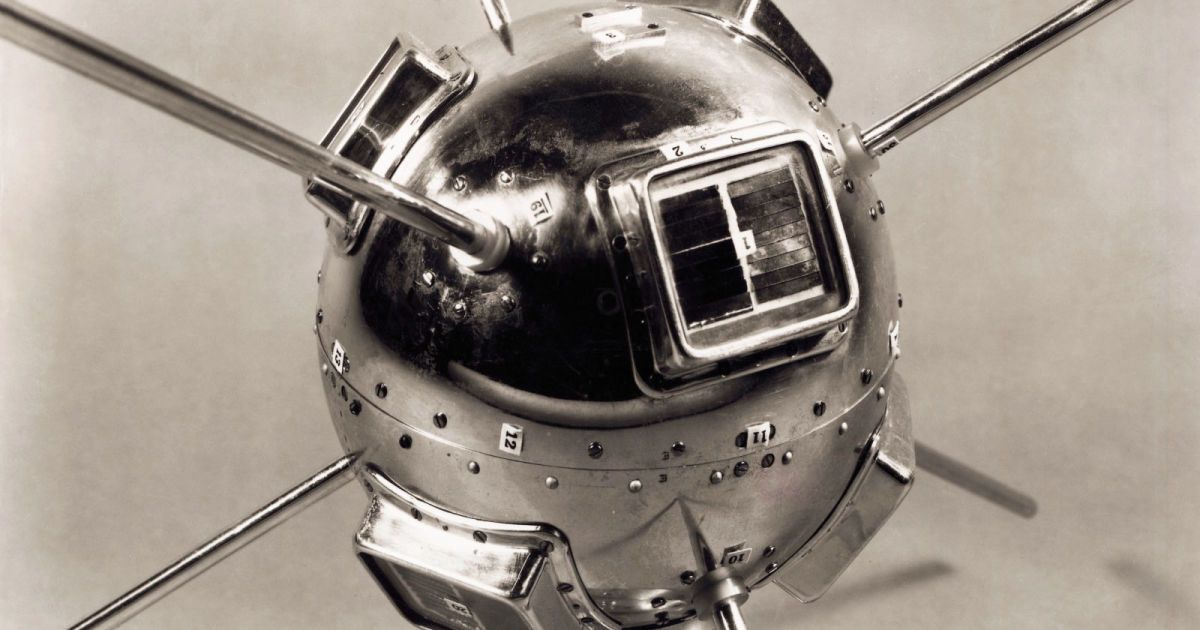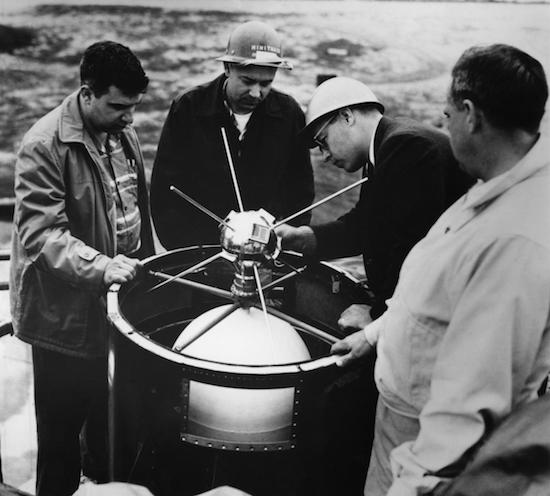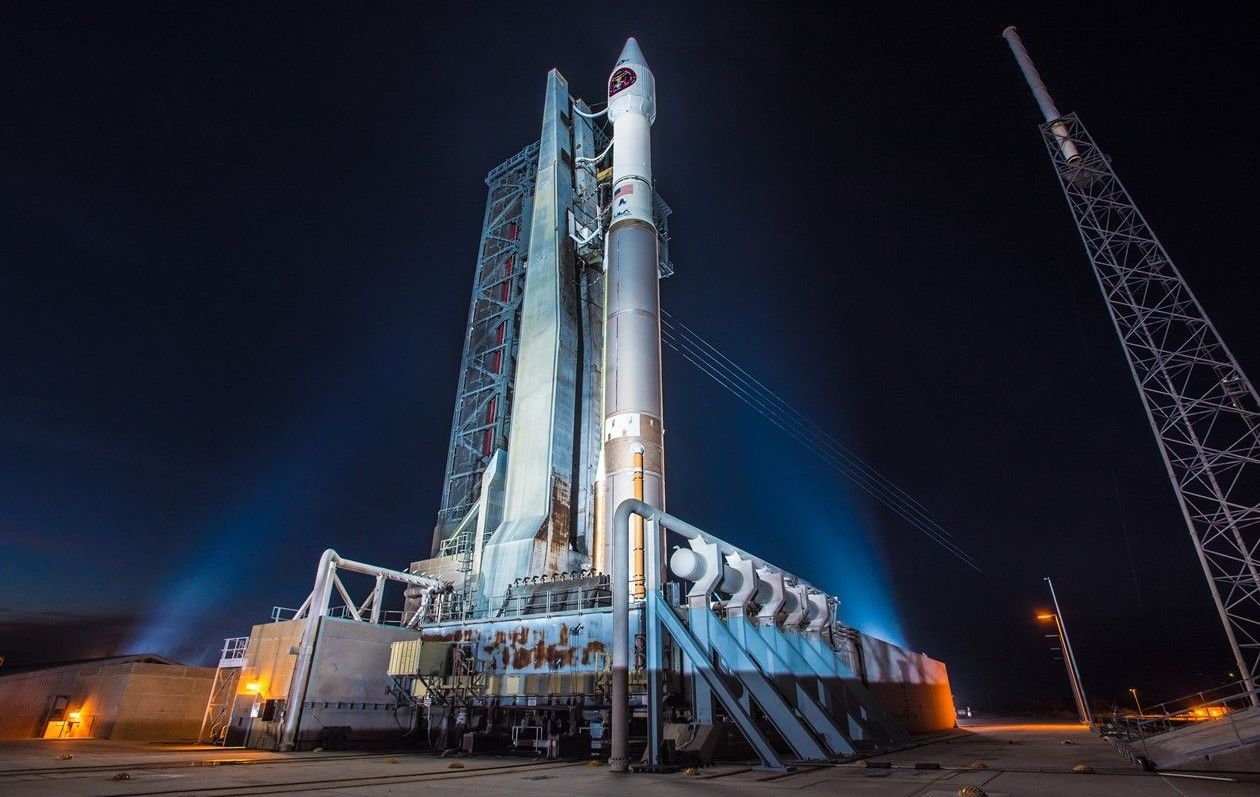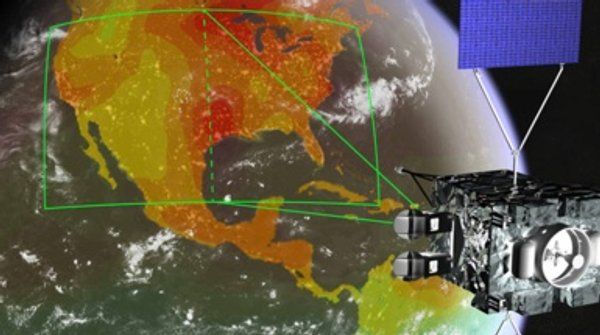The Indian Space Research Organisation (ISRO) on Thursday successfully launched communication satellite GSAT-6A on board a Geosynchronous Satellite Launch Vehicle (GSLV) F08 and placed it in the designated orbit.
GSLV F08, fitted with an indigenously developed cryogenic third stage, carrying 2140 kg GSAT-6A, lifted off from the second launch pad at Satish Dhawan Space Centre (SDSC) at 4.56 pm and about 17 minutes later, three-stage rocket injected the satellite into a geosynchronous orbit.
ISRO scientists broke into celebrations at the mission control centre after the satellite was placed in the precise orbit.
